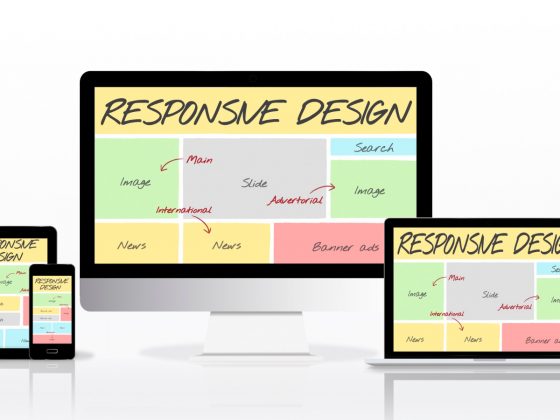Translated from “Gde Trafic?”
In today’s digital age, having a user-friendly website is essential for any business or organization. A user-friendly website can help you attract and retain customers, improve engagement, and increase conversion rates. In this article, we’ll provide you with some tips on how to create a user-friendly website that meets the needs of your audience.
- Clear and Simple Navigation Navigation is an essential aspect of a user-friendly website. It should be easy for users to find what they’re looking for quickly. Make sure your navigation is clear, simple, and intuitive. Avoid using too many drop-down menus and keep your navigation consistent across all pages of your site.
- Mobile-Friendly Design More and more people are accessing websites through their mobile devices, so having a mobile-friendly design is crucial. A mobile-friendly website is one that adapts to different screen sizes, loads quickly, and is easy to use on a small screen.
- Fast Loading Speed Users expect websites to load quickly, and if your site takes too long to load, they’re likely to leave. To ensure a fast loading speed, optimize your images, use a reliable hosting service, and minimize the number of plugins or scripts you use.
- Clear and Concise Content Content is king, but it’s essential to make sure your content is clear, concise, and easy to read. Use headings, subheadings, and bullet points to break up your text and make it easier to skim. Avoid using jargon or technical terms that your audience may not understand.
- Consistent Branding Consistency is key when it comes to branding. Make sure your website uses the same fonts, colors, and logo as your other marketing materials. This helps build brand recognition and makes your site more memorable.
- Easy Contact Methods Make it easy for users to contact you. Include a contact page with your email address, phone number, and physical address. You can also include a live chat feature or contact form to make it easier for users to get in touch.
- User Testing and Feedback Finally, the best way to ensure that your website is user-friendly is to get feedback from your users. Conduct user testing and surveys to find out what users like and dislike about your site. Use this feedback to make improvements and optimize your site for your audience.
In conclusion, creating a user-friendly website requires a combination of clear navigation, mobile-friendly design, fast loading speed, clear and concise content, consistent branding, easy contact methods, and user testing and feedback. By following these tips, you can create a website that meets the needs of your audience and helps you achieve your business goals.








